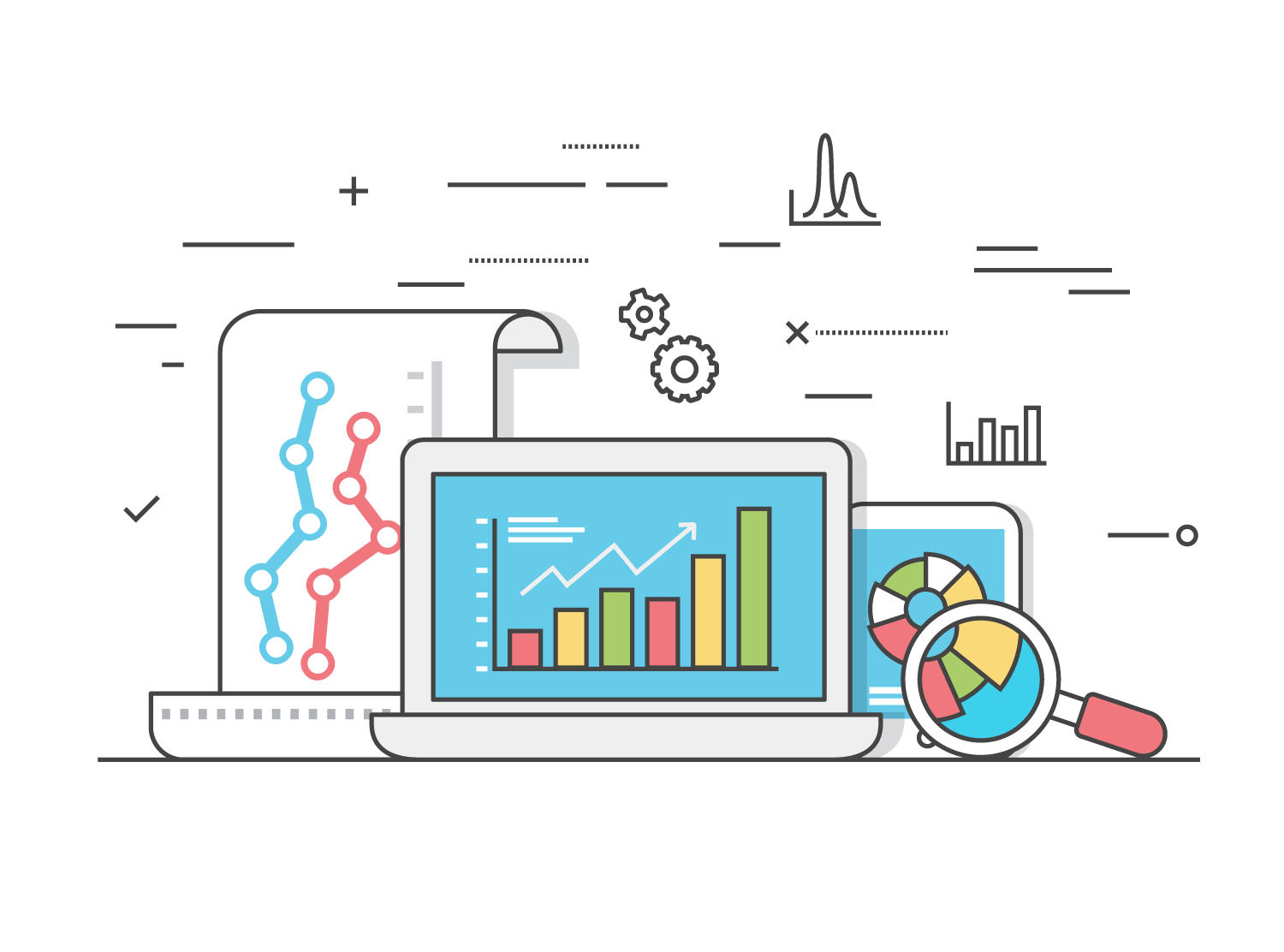Data Analytics
- Winsme Consulting
- Data Analytics
Data Analytics

Data workflow
Data Collection
Gathering data from various sources
Data Transformation
Cleaning and organizing the data for analysis.
Data Analysis
Using statistical and computational methods to identify trends and patterns.
Data Visualization
Presenting the data in graphical formats to make insights more accessible.
Decision making
Using insights to make informed decisions.
Challenges

Data quality
Ensuring the data collected is accurate, complete, and consistent is crucial.
Talent shortage
Setting up data analytics in-house can be expensive; it requires access to technology and expensive human resources.
Talent shortage
Setting up data analytics in-house can be expensive; it requires access to technology and expensive human resources.
Data access and capture
Many businesses don’t realise that there is a wealth of data scattered around their systems which can be used for insights.
Keeping up with technology
It’s not economical for small and medium businesses to stay on top with changing technology. It is expensive and requires qualified resources to manage.
How we can help
Cost savings
As we are dividing the cost between different clients based on their requirements, you just pay for what’s necessary. We build your data structures and manage them in our own environment.
Improved data quality
There is a dedicated team to clean and manage your data. We uphold the highest standards in data integrity and confidentiality.
Enhanced decision making
While you will have access to the insights, our accountants will be able to summarise the findings for you and advise on future strategies. It’s like having a qualified CFO for your business!
Scalability
Shared services can be easily scalable based on your requirements.

All of these can be achieved but as a restaurant owner, creating and running a system like this will require specialised resources. Using our shared services, we will use our resources to create the analytics framework for you and share periodic insights for you to make decisions.
No business is small for data analytics!
Feel free to discuss your requirements today.
A practical example
Scenario: A restaurant owner wants to optimize their menu and inventory to reduce waste and increase profitability.
Steps
Data Collection
The owner collects data from various sources such as point-of-sale (POS) systems, customer feedback, and social media.
Data Analysis
Using data analytics tools, the owner analyses sales data to identify the most and least popular dishes. They also look at customer feedback to understand preferences and trends.
Menu Optimization
Based on the analysis, the owner decides to promote the top-selling dishes and remove or modify the least popular ones.
Inventory Management
The owner uses the insights to adjust inventory levels, ensuring they stock more of the ingredients for popular dishes and less for those that are rarely ordered. This helps in reducing food waste and controlling costs.
Marketing
The owner creates targeted marketing campaigns to promote the popular dishes, using insights from customer preferences and social media trends.

